Have you ever walked through your front door only to discover your favorite shoes have been transformed into an unrecognizable pile of leather scraps? Or maybe you’ve come home to find your couch cushions scattered like confetti across the living room? If you’re nodding along with a knowing smile (or a grimace), you’re definitely not alone. Some of our most beloved four-legged family members seem to possess an almost supernatural ability to turn anything within reach into their personal chew toy.
Labrador Retriever: The Golden Standard of Chewing Champions
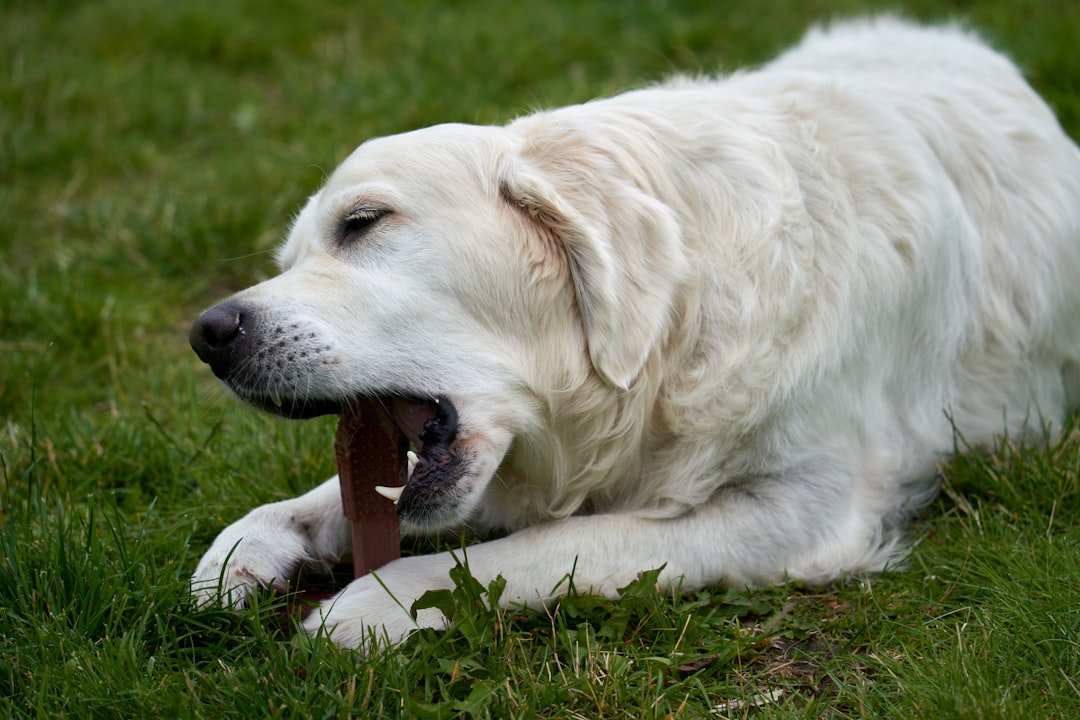
Labrador Retrievers are frequently cited as one of the most destructive chewing breeds. This breed seems to do everything with exuberance – fetching tennis balls, swimming, snuggling and, of course, chewing. Your beloved Lab’s overwhelming enthusiasm isn’t limited to playing fetch or greeting you at the door.
Labrador Retrievers are both playful and highly active, so they love to be kept busy. They have the added trait of being a retrieving gundog, with an innate instinct to pick things up in their mouth. If they are not sufficiently exercised – both mentally and physically – they may resort to exercising their jaws on whatever they find to chew. Picture this: your Lab sees your expensive running shoes and thinks they’re the perfect substitute for a tennis ball.
German Shepherd: The Powerful Jaw Workout Enthusiast
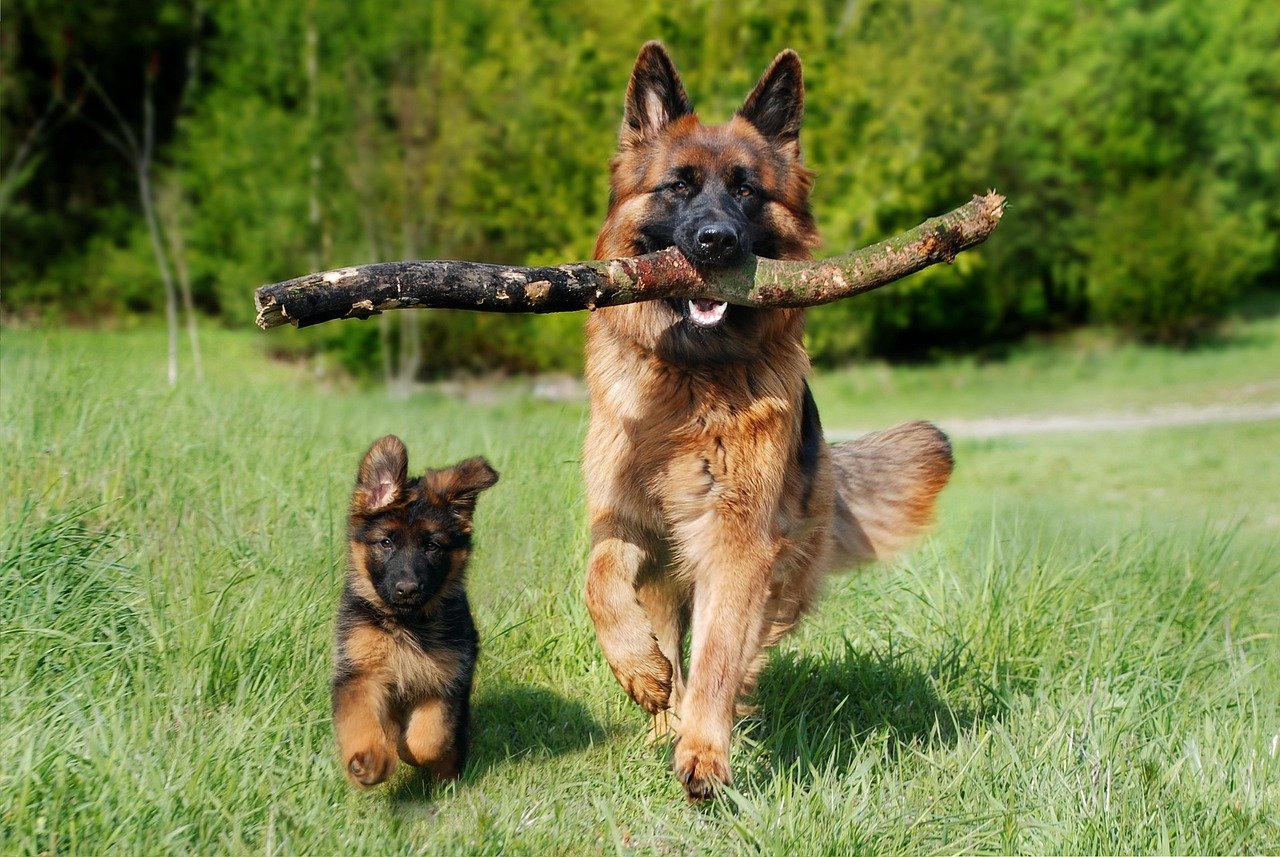
German Shepherds can go through chew toys at a rate of knots! They have a strong work drive, athletic physique, and powerful bite force, which makes them notoriously demanding on their toys. These heavy-duty chewers tend to love exercising their strong jaws throughout their life, not just in the puppy phase.
German shepherds enjoy chewing throughout their lifetime and enjoy using their powerful jaws. German shepherds are herding dogs and are typically very active. Of course, some dogs prefer just to hang out but for the most part, they are a very busy breed that needs a lot of physical movement. When they’re bored, that coffee table leg starts looking mighty appealing.
Rottweiler: The Strong Silent Destroyer
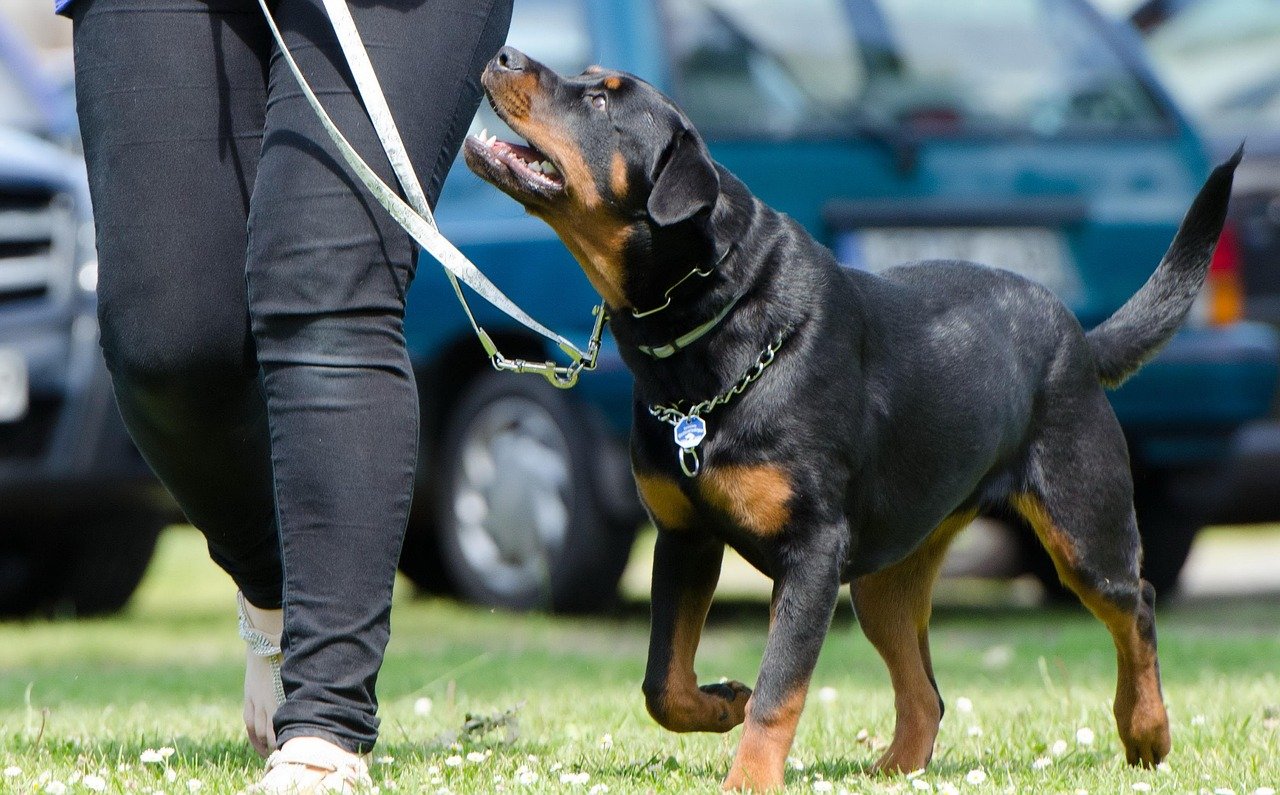
Rottweiler shouts out strength and power with its imposing physique. They naturally have a powerful bite and strong chewing instinct, so it’s little surprise this is a breed renowned for destructive chewing habits, without training. As a working dog, they need to use their mind and body to ward off frustration and stress – chewing can be an outlet for this.
Rotties are generally sweet-natured and calm dogs, though if bored, they can express their frustration by chewing furniture. Rotties are generally sweet-natured and calm dogs, though if bored, they can express their frustration by chewing furniture. Don’t let their calm demeanor fool you – when a Rottie decides something needs chewing, it’s going to get chewed, whether it’s meant to or not.
Border Collie: The Brilliant Boredom Chewer
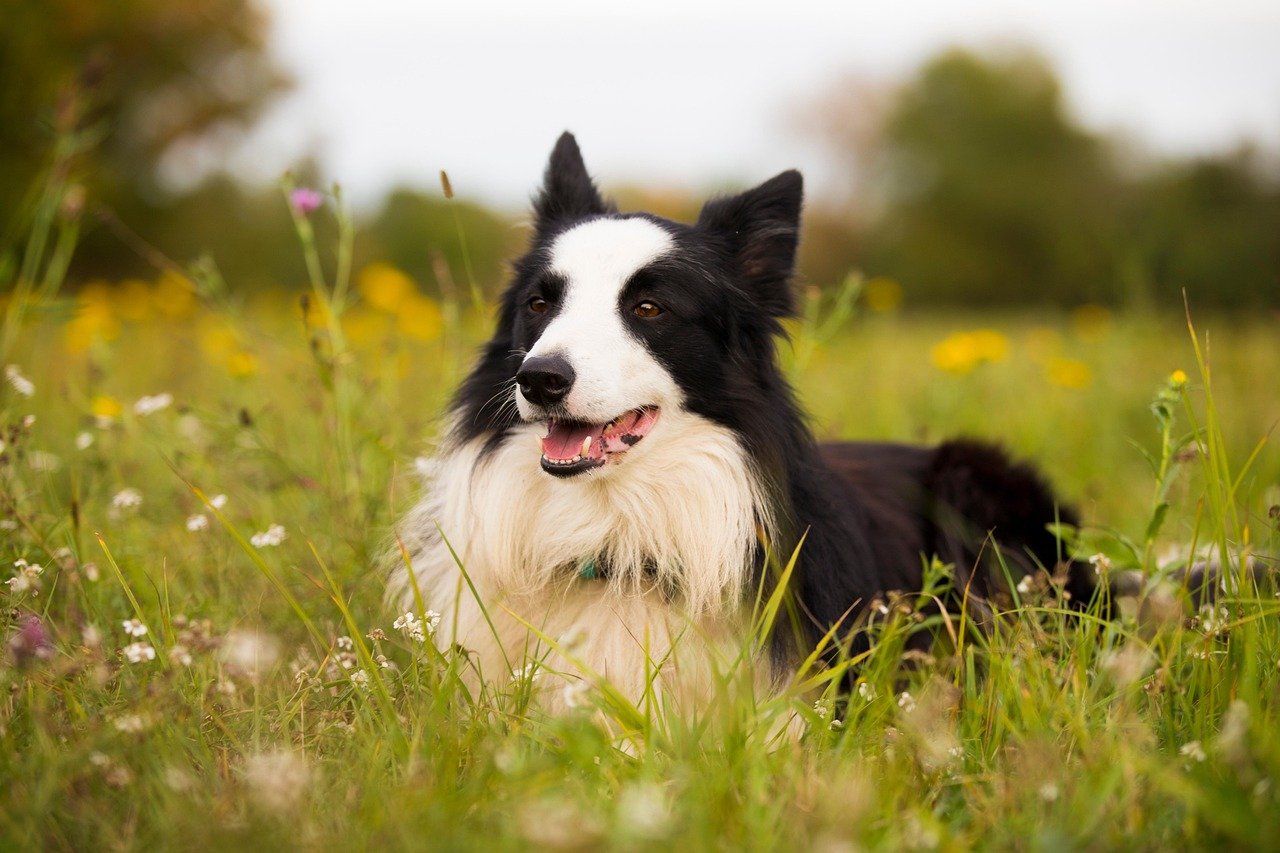
Border Collies are widely recognized as the most intelligent dog breed, and with that brilliance comes a need for constant engagement. If a Border Collie isn’t given enough mental and physical stimulation, they’ll often direct their energy into chewing. Their sharp minds crave challenges, and when those needs aren’t met, they’ll find their own entertainment – often at the expense of your belongings. These dogs excel at learning tricks, agility, and herding, but they can also become master destroyers if they’re bored.
Think of Border Collies as the honor students who get into trouble when they finish their assignments early. With lots of energy and a keen intellect, Border Collies can get bored easily and become restless. With lots of energy and a keen intellect, Border Collies can get bored easily and become restless. And when they get bored, they start to find things to keep them busy, like finding out what the inside of the couch looks like.
Boxer: The Energetic Powerhouse Gnawer
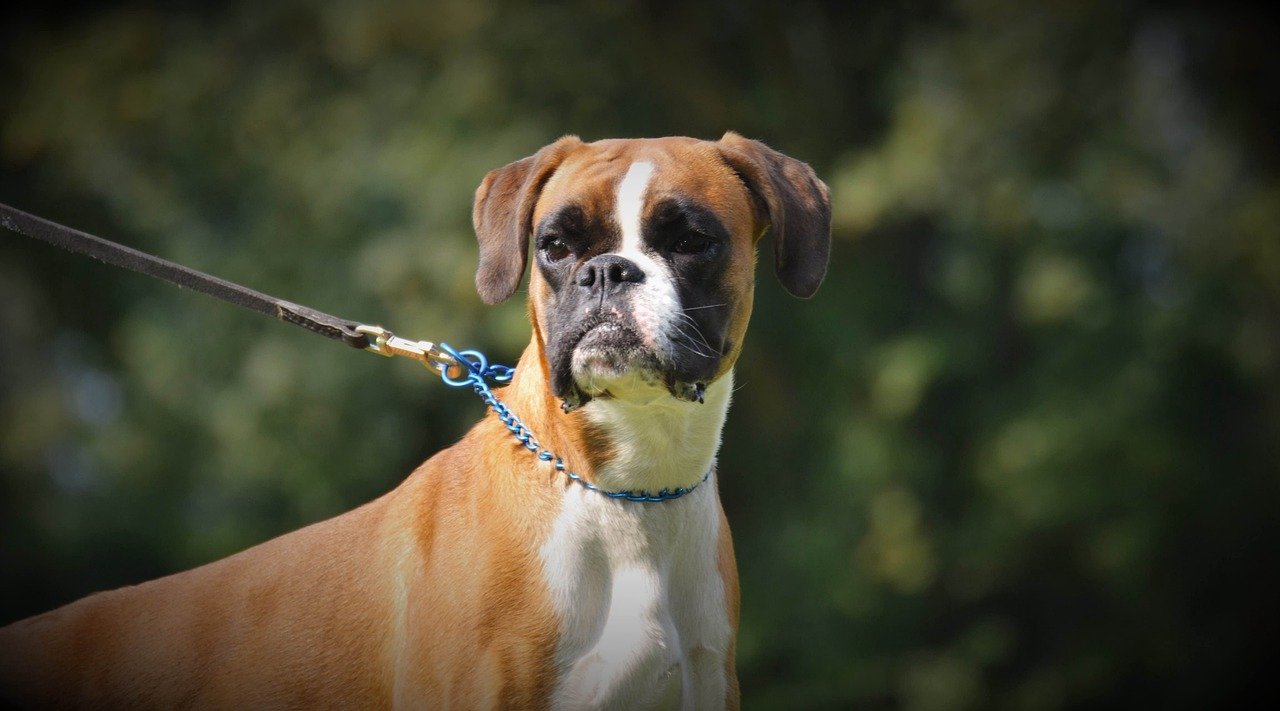
As an active breed, boxers have a low boredom threshold, which makes them more likely to help themselves to what they may view as a perfect chew toy. Not ideal if it’s your new pair of shoes! Make sure you keep them well stimulated, with plenty of mental and physical activity, and provide appropriate chew toys on top of training to ensure their love of chewing does not become destructive.
Boxers are known for their strength and boundless energy. This breed often uses chewing as a way to release pent-up energy. Providing sturdy toys can help manage this instinct. Boxers, which require lots of exercise, can be destructive to owners’ homes. When your Boxer’s energy tank is full but they’re stuck inside, your furniture becomes their personal gym equipment.
Golden Retriever: The Gentle Giant with Not-So-Gentle Teeth

Bred to be a working retriever, the Golden is another breed with a desire to do a job and be active – and a propensity to chew on whatever’s handy if he becomes bored. Be sure to use positive reinforcement to direct him to appropriate chew toys from an early age to help curb destructive behavior.
Golden Retrievers are affectionate and friendly dogs, but they also have a penchant for chewing. Their playful nature requires constant engagement. Supplying a range of durable toys can help satisfy their chewing needs. These sweethearts might greet you with their tail wagging while simultaneously having your favorite pillow hanging from their mouth. Golden Retrievers were bred to retrieve birds that had been shot by hunters, making them another breed used to having things in their mouths. This leads to Retrievers mouthing things a lot, which inevitably leads to vigorous chewing if they aren’t kept busy.
Beagle: The Food-Motivated Nibbler
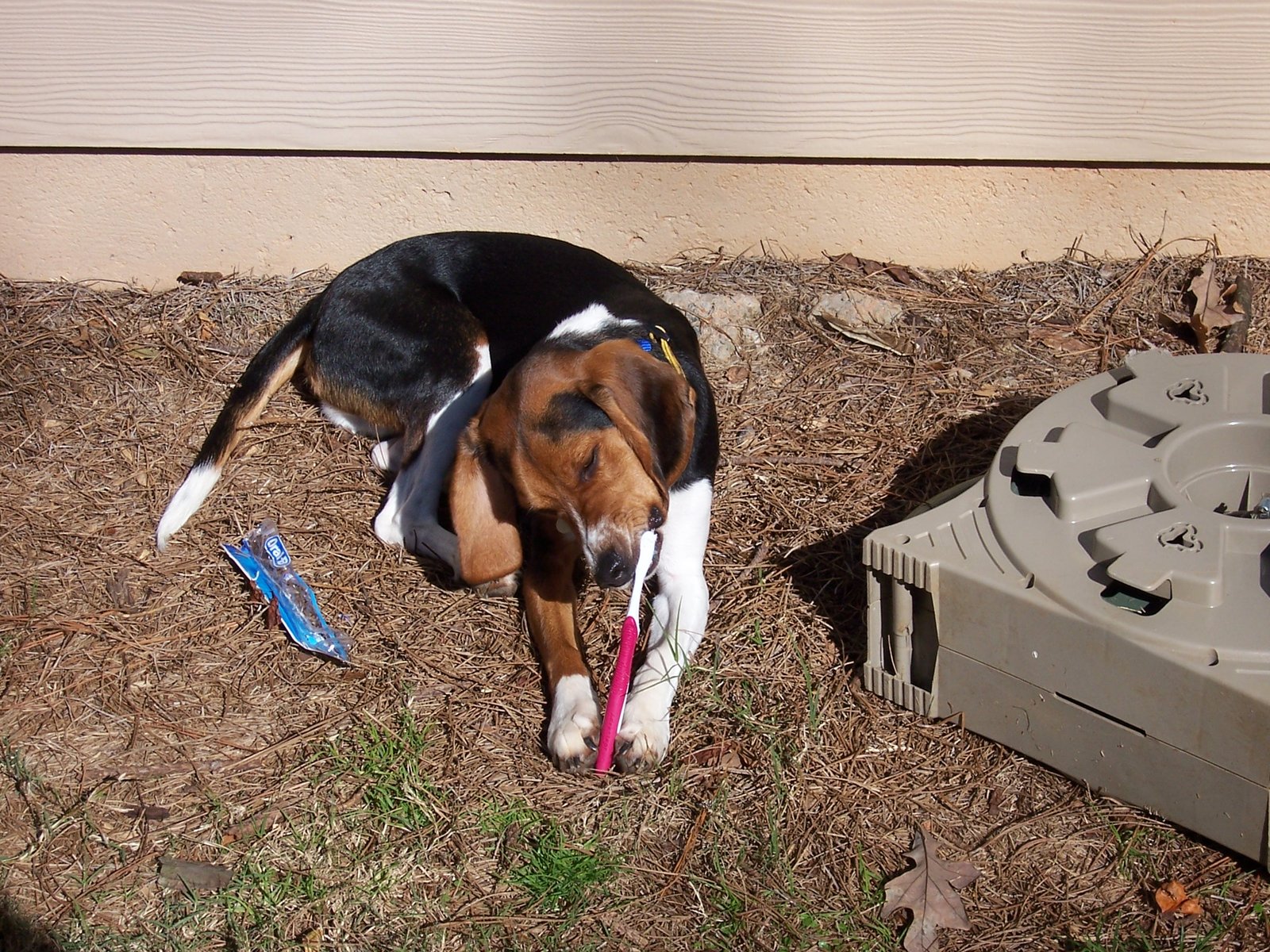
Ask most people what they know about the Beagle, and they’ll list three things: They have a great sense of smell, they like to bay, and they really, really love to eat. When you take that tremendous love of food into account, it’s not surprising that they occasionally end up chowing down on something they shouldn’t, right?
Beagles are curious and active dogs, driven by their strong sense of smell. This breed tends to explore the world with its mouth. If not supervised, they might chew on things they shouldn’t. Beagles love eating more than anything, whether it’s edible or not. They tend to follow their noses and chew on anything they perceive to be tasty. Your Beagle’s nose leads them to investigate everything as a potential snack, including your leather wallet.
Jack Russell Terrier: The Small Dog with Big Destruction Potential
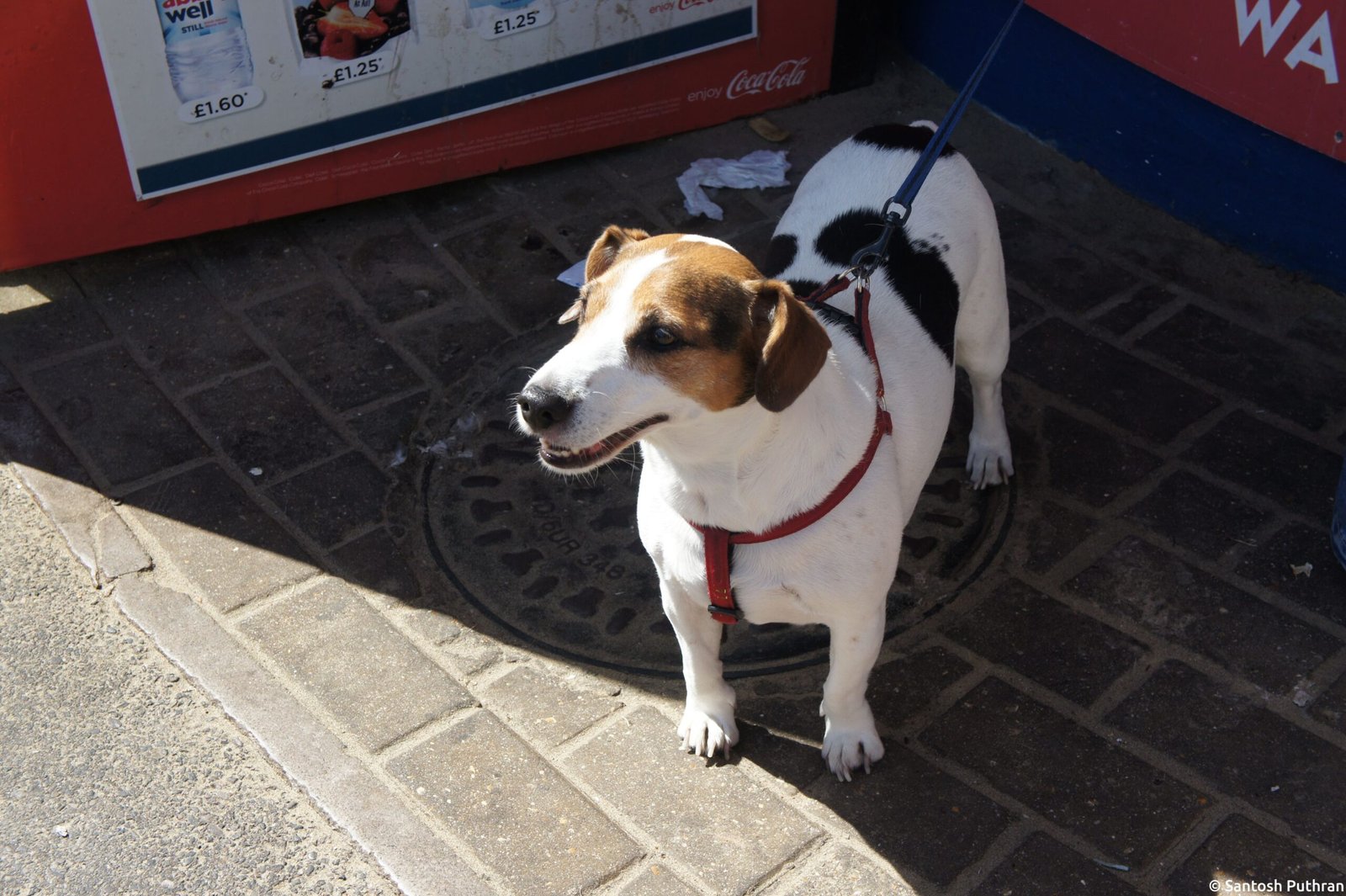
The Jack Russell Terrier has boundless energy, which can make him an excellent choice for terrier races, Earthdog trials, agility competitions and more. That energy (along with a seemingly endless desire to dig, dig, dig) means that, if not given a job to do, he can easily become bored and destructive with both his jaws and his paws.
Energetic and spirited, Jack Russell Terriers are small dogs with a big personality. Their natural instincts drive them to chew and dig. Providing a selection of chew toys can help redirect their need to gnaw. These little chewers are infamous for their destructive habits. Jack Russell’s have endless sources of energy and are always looking for ways to use up that energy. Other times, it’s getting their gnashers around the nearest thing they can find and ripping it to shreds.
Australian Shepherd: The Anxious Overachiever
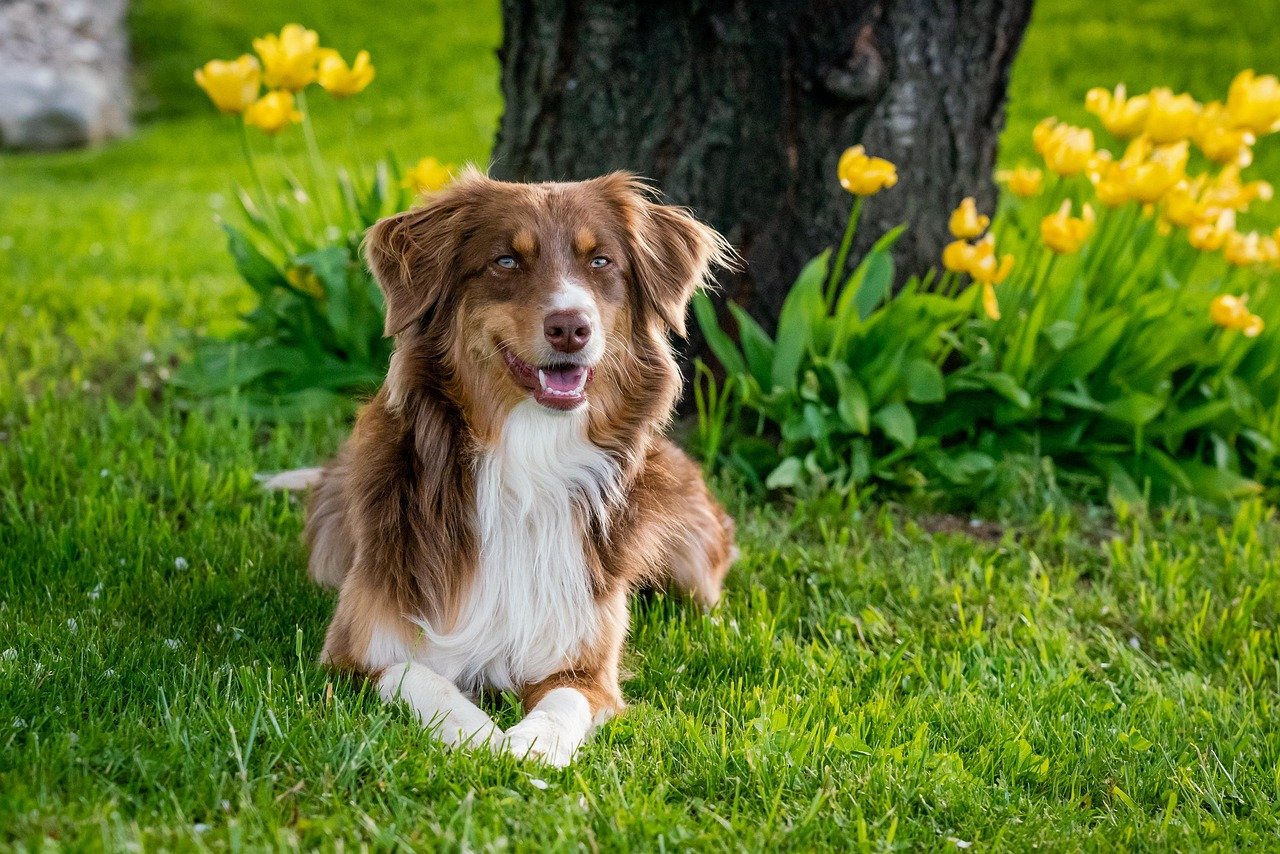
Australian Shepherds are not as large and powerful as some of the very strong-jawed dogs, they are prone to destructive chewing. Australian Shepherds are not as large and powerful as some of the very strong-jawed dogs, they are prone to destructive chewing. They’re natural high-fliers, high-energy, workaholics – and if they don’t have the opportunity to make the most of those traits, they’ll seek alternative habits to satisfy them. These intelligent dogs are also one of the breeds most likely to suffer separation anxiety, and some resort to gnawing through the furniture in protest.
Picture an Australian Shepherd as that overachiever friend who needs to be constantly busy. Some breeds are less energetic and only require short walks and playtimes (think of Pugs, French Bulldogs, and Great Danes), whereas other dogs may need an hour of activity twice a day to stay calm when left alone (such as Border Collies, Australian Shepherds, Dalmatians and Jack Russels). When they can’t herd sheep, your socks become the next best thing.
Siberian Husky: The Escape Artist Chomper
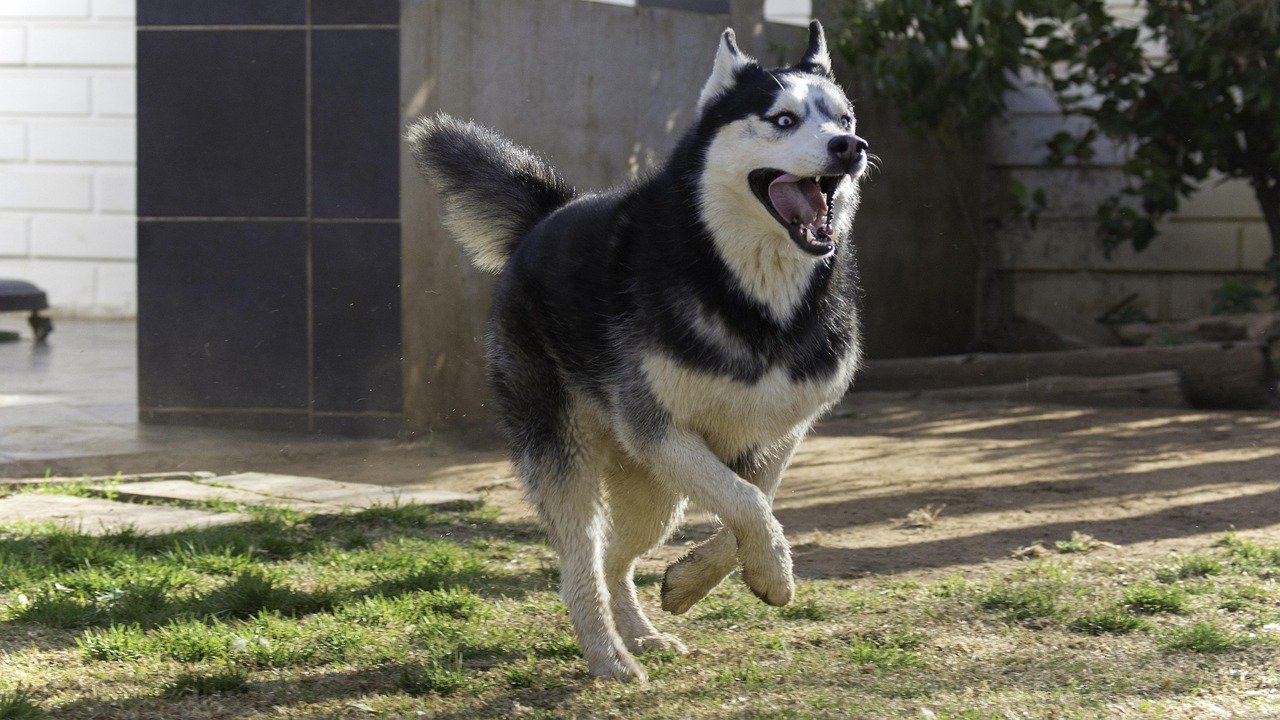
Huskies are high-energy dogs with a knack for mischief, including chewing. Their independent and curious personalities often result in them chewing when they’re bored or left alone for long periods. Additionally, their strong teeth can make quick work of many household items. Huskies often chew as a way to release pent-up energy or to combat separation anxiety.
Huskies need lots of exercise and mental stimulation to keep destructive behaviors at bay. They thrive with challenging activities, like puzzle feeders and long runs. Without these outlets, their boredom can quickly escalate into chaos. It’s almost as if they’re testing the limits of what’s chewable in your house – sometimes with hilarious, sometimes with disastrous results. Think of Huskies as the Houdini of the dog world – they’ll chew their way out of any situation they find boring.
Understanding the Why Behind the Chew
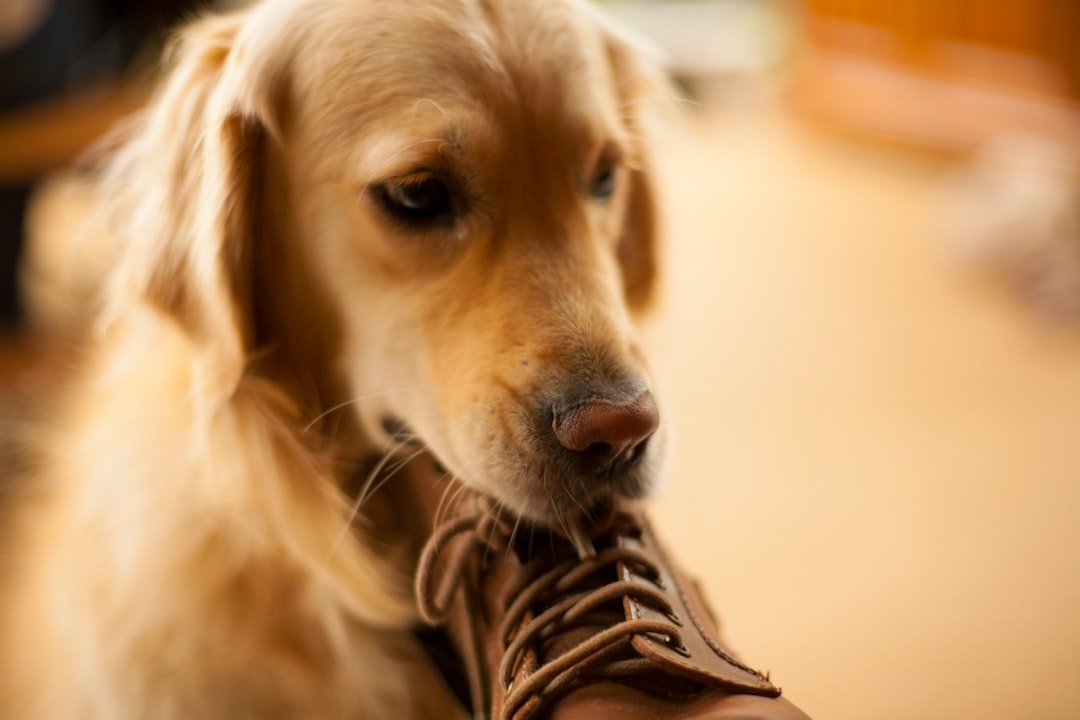
Chewing accomplishes a number of things for a dog. For young dogs, it’s a way to relieve pain that might be caused by incoming teeth. For older dogs, it’s nature’s way of keeping jaws strong and teeth clean. Chewing also combats boredom and can relieve mild anxiety or frustration. Understanding these motivations helps us approach the problem with empathy rather than frustration.
Bored dogs tend look for ways to entertain themselves, and chewing is one option. To prevent destructive chewing, be sure to provide plenty of ways for your dog to exercise his mind and body. We know that it can be hard to believe, particularly if your dog seems to target your personal items. Although it can feel like it, dogs don’t chew to spite us or to get revenge against us. However, they do love scents that remind them of their owners, which is why your shoes and sports equipment can prove to be overwhelmingly tempting for your dog.
Remember, every destroyed shoe tells a story of love – your dog simply wants to be closer to you, even when you’re not there. While it might be expensive love, it’s love nonetheless. The key is channeling that devotion into appropriate outlets before your living room becomes their personal playground. What would you have guessed about your own dog’s chewing personality?





